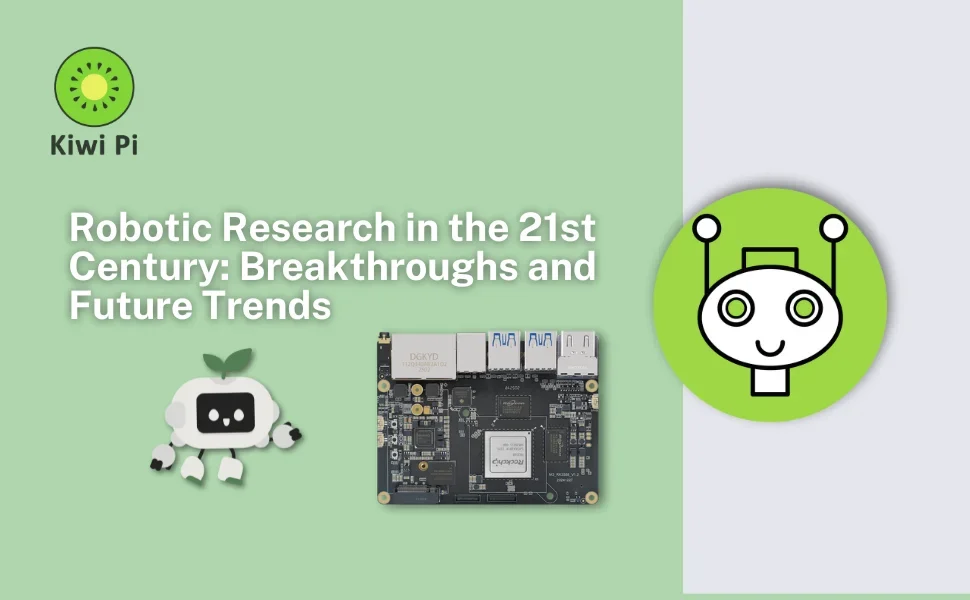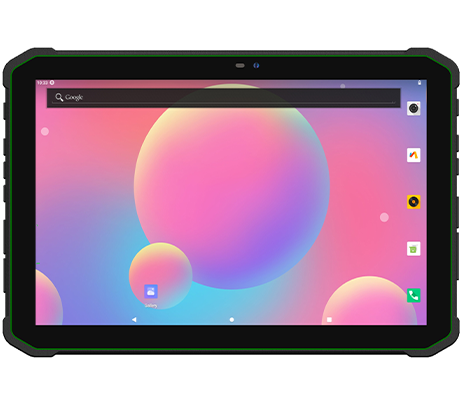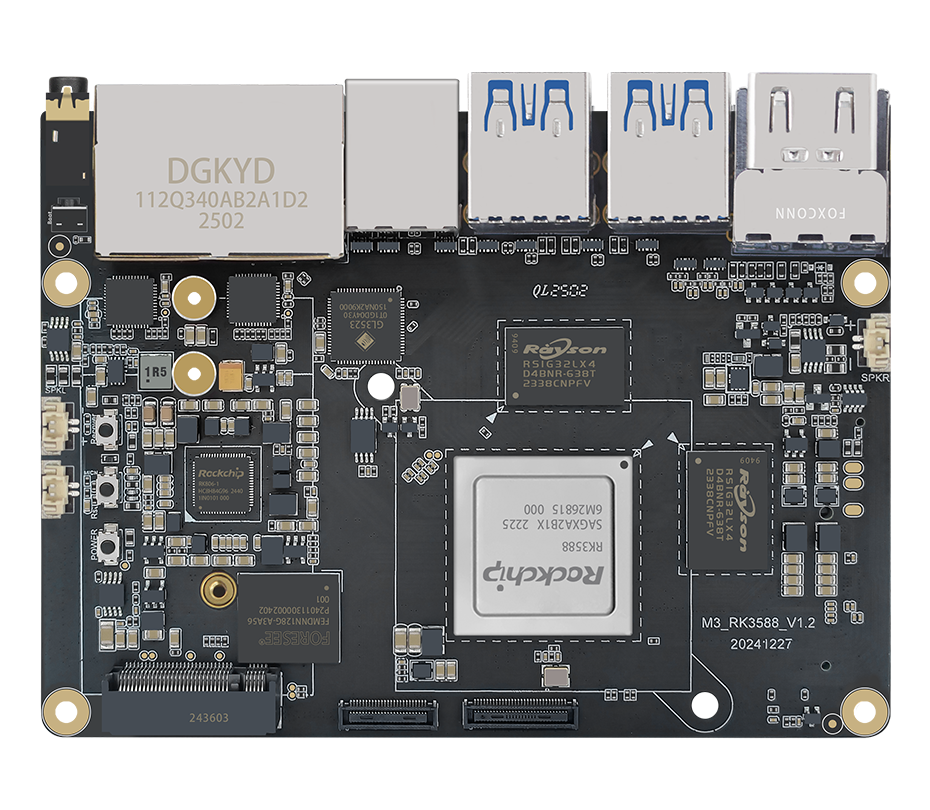
Articles
Robotic Research in the 21st Century: Future Trends
The 21st century has seen incredible progress in robotics, transforming industries like healthcare and manufacturing. Combining artificial intelligence (AI), machine learning, and new materials has allowed robots to act independently and handle more complicated problems, moving past basic repetitive tasks. This article covers key advances, challenges, and future directions in robotics, showing how innovations are creating a smarter and more automated world. And now, let's explore the future that lies ahead of us.

Key Advancements in Robotic Research
So, we're here to understand the key advancements in future robotics. Over the past twenty years, robotic research has made significant progress, driven by advances in computing power, sensor technology, and AI algorithms. Below, we explore the most significant developments we can envision.
Artificial Intelligence and Machine Learning in Robotics
One notable trend in robotic research is the integration of AI and robotics. Contemporary robots employ deep learning and neural networks to:
Adapt to dynamic environments: Autonomous drones and self-driving cars use real-time data processing to navigate complex terrains.
Enhance human-robot collaboration: Cobots (collaborative robots) work alongside humans in factories, learning from human inputs to improve efficiency.
Enable predictive maintenance: AI-powered robots can detect equipment failures before they occur, reducing downtime in industrial settings.
Soft Robotics and Bio-Inspired Designs
Traditional rigid robots are now often being replaced or enhanced by soft robotics, which mimics biological systems. Some of the main benefits include:
Flexibility and adaptability: Soft robots can handle delicate objects, making them ideal for medical applications like minimally invasive surgery.
Energy efficiency: Lightweight materials reduce power consumption, allowing for more extended operational periods.
Humanoid Robots and Social Robotics
Humanoid robots such as Boston Dynamics' Atlas and SoftBank's Pepper are leading the way in robotics research. I'm actually very surprised at how they are developing this kind of robots and how it helps us create an advanced future. These machines are built to:
Interact naturally with humans: Advanced natural language processing (NLP) allows for seamless communication.
Perform complex tasks: From household chores to disaster response, humanoid robots are expanding their range of applications.
Challenges and Ethical Considerations
Although robotics has advanced rapidly, it still encounters a few hurdles that need to be overcome to ensure continued progress.
Technical Limitations
Although robots have become more advanced than we expected in the past, there are still obstacles to overcome and opportunities, such as making them more energy-efficient, capable of processing information instantly, and durable enough to withstand harsh environments. For example:
| Challenge | Current Status | Future Solutions |
|---|---|---|
| Power Consumption | High for autonomous robots | Solid-state batteries, wireless charging |
| Real-Time Decision Making | Limited by latency | Edge computing, 5G integration |
Ethical and Societal Impact
The increasing use of autonomous robots brings up important ethical concerns.
Job displacement: Automation could replace millions of jobs, necessitating the need for workforce reskilling.
Privacy concerns: Robots equipped with surveillance capabilities may compromise personal privacy.
Autonomous weapons: The militarization of robotics poses significant ethical dilemmas.
Future Trends in Robotic Research
Over the next decade, research in robotics is expected to concentrate on several key areas.
Swarm Robotics
Inspired by the way insect colonies function, swarm robotics involves numerous simple robots working together to accomplish complex tasks. Some of its uses include:
Search and rescue missions
Agricultural monitoring
Quantum Computing and Robotics
Quantum computing could revolutionize robotic research by enabling:
Ultra-fast optimization algorithms
Enhanced machine learning models
Personal Robotics
As robotic technology becomes more widely available, people can now create their own robots using platforms like the Kiwi Pi series single-board computers. These devices offer affordable, high-performance computing, making DIY robotics projects much easier.
Comparison of Robotic Research Milestones (2000 vs. 2025)
| Aspect | 2000 | 2025 |
|---|---|---|
| AI Integration | Basic rule-based systems | Deep learning, neural networks |
| Autonomy | Limited pre-programmed tasks | Fully autonomous decision-making |
| Applications | Industrial automation | Healthcare, agriculture, and space exploration |
Conclusion and Personal Viewpoint
And now, I can say the things I told you in the beginning. Robotics in the 21st century has moved beyond being just a niche area of research; it’s now a vital part of our daily lives and makes us more effective in this era. Thanks to advancements in artificial intelligence (AI), soft robotics, and humanoid technology (of course, based on past development), modern robots are now more adaptable and smarter than ever. But there are still hurdles to overcome, including ethical questions (very important basic) and technical challenges, before robots can reach their full potential. As this field continues to develop, tools like the Kiwi Pi series enable both hobbyists and experts to get involved, making robotic research a collaborative and continually evolving pursuit.
-

10.1-inch Rugged Tablet
10.1-inch Rugged Tablet
The 10.1-inch Rugged Tablet is a tough Android device designed to endure severe conditions.
MoreNEW -

Kiwi Pi 5 Pro
Kiwi Pi 5 Pro
Rockchip RK3588 Quad-Core A76+A55 ARM Mali-G610 MC4,6.0 TOPs NPU
MoreNEW -

30W USB-C Power Adapter Type G
30W USB-C Power Adapter Type G
30W USB-C Power Adapter Type G, designed to provide efficient charging for your devices. Compact and lightweight.
MoreNEW